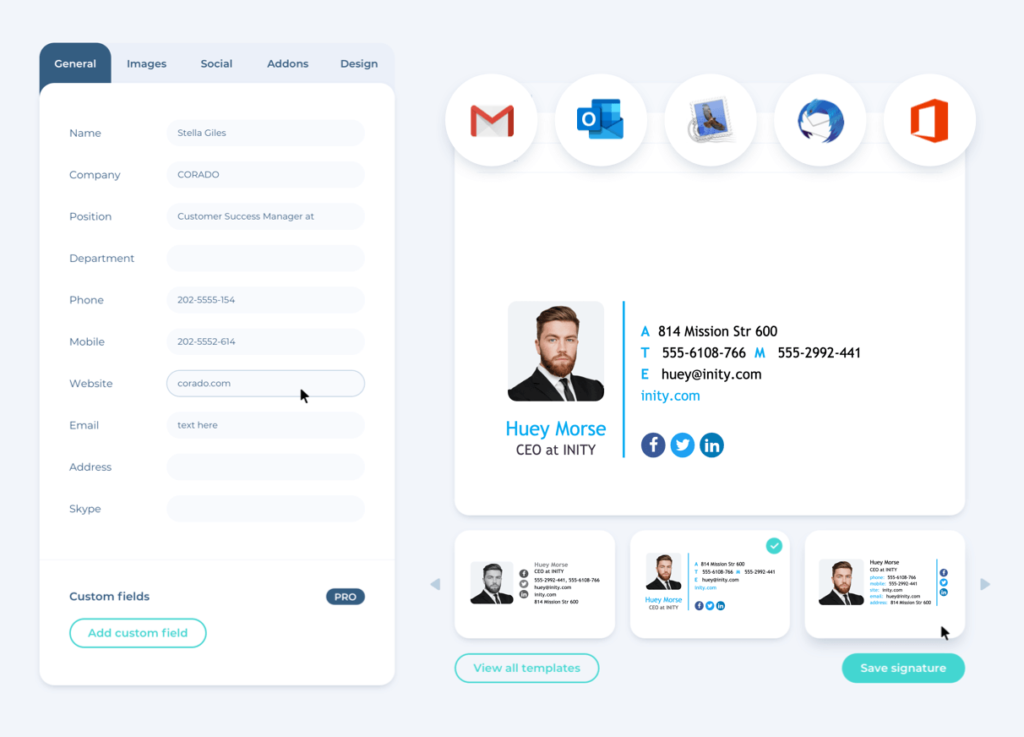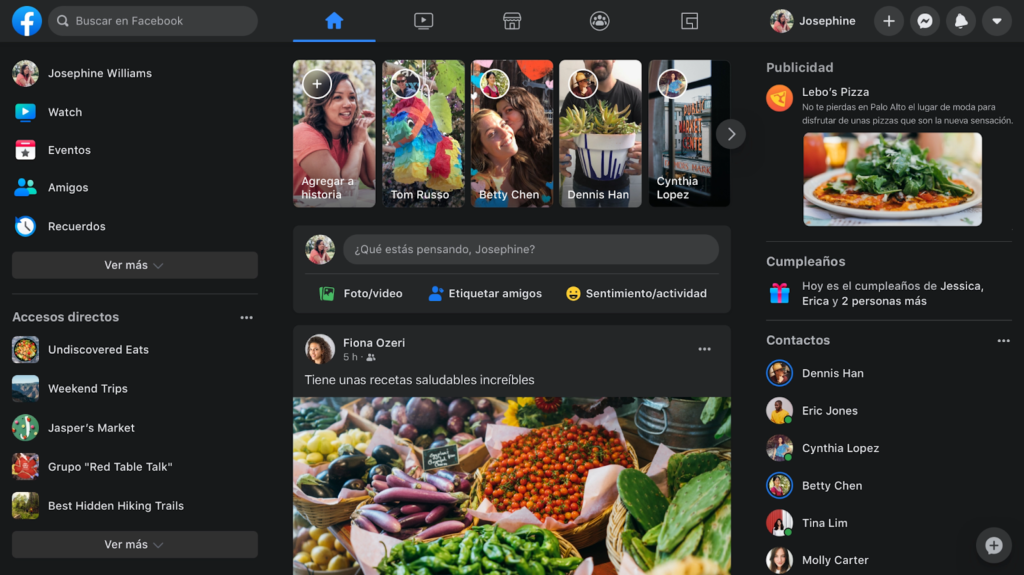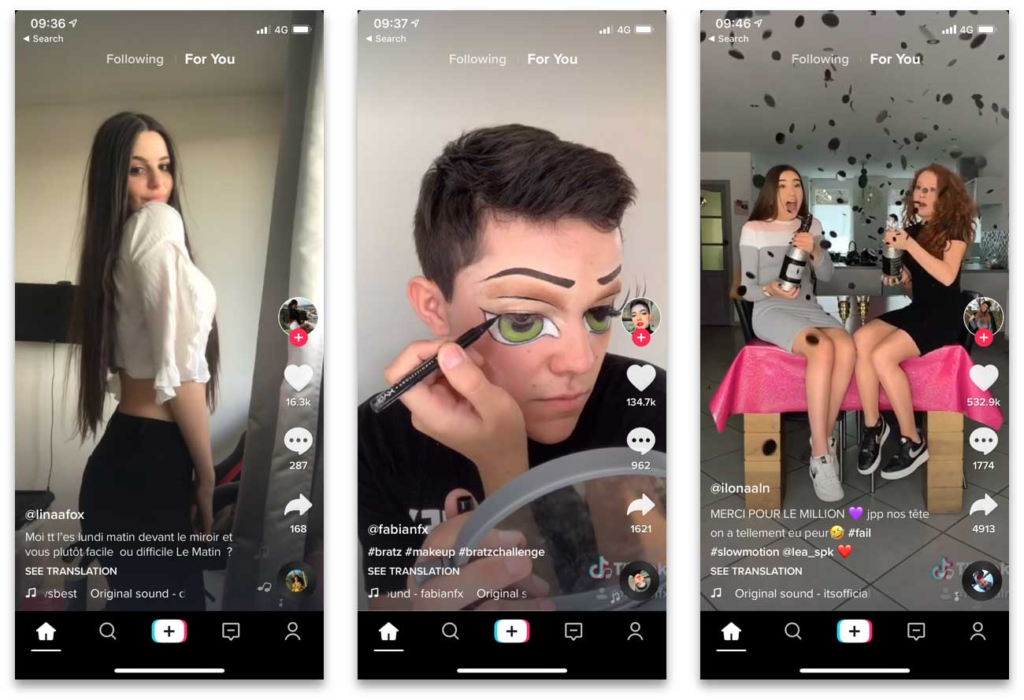
As social media networks appear to be an essential part of daily life, social media marketing is one of the most efficient promotion mediators. Whether it is a brand, product, or service promotion, visual content rules the campaign’s success.
More than 70% of businesses rely heavily on visuals as part of their marketing strategy. Awkwardly cropped photos and low-resolution images are a fast way to kill your brand authority and engagement rates.
Although it might be tricky to keep up with all changes concerning image options on various platforms, it is essential to keep in mind key facts.
Here`s a quick look at the ideal image sizes for every platform in one place.
Bonus: an email signature images size
Aside from social media networks, business emails are a powerful way to boost brand awareness. A professional-looking email signature created via a multifunctional email signature generator will help to convey the most crucial brand information.
Furthermore, including a photo or a logo image into an email signature is common practice as well. Therefore, pay particular attention to the fact a perfect email signature image size is 300 to 400 pixels wide and 70 to 100 pixels high. It should also be optimized for a web resolution of 72dpi, so it displays correctly.
Check out some of the most appealing email signature examples to choose the one you like the most.
Facebook image sizes
Almost 3 billion people use Facebook regularly. Therefore, taking care of the image quality posted here is vital. As the competition is tense, you need to stick to the following size recommendations to avoid failures and criticism:
- Profile picture – at least 600 x 600 pixels
- Cover photo – 820 x 312 pixels
- Shared image – 1200 x 1200 pixels for square photos, 1200 x 630 pixels for rectangular photos.
Instagram image sizes
Instagram is one of the most visually heavy social media platforms. Therefore, ensuring the right size and high resolution of visual elements is not an option but a must.
Instagram supports both vertically and horizontally oriented images besides square images, for which it got famous. Thus, for Instagram feed photos, the requirements are as follows:
- Landscape: 1080 x 566 pixels
- Portrait: 1080 x 1350 pixels
- Square: 1080 x 1080 pixels
Instagram profile photos are displayed in a small circle, and they are stored at 320 x 320 pixels.
Twitter image sizes
While Twitter has fewer various image types to worry about, the importance of the optimized size is pretty high. The reason is that Tweets with visuals prove to are three times more likely to get engagement via click-through and likes.
Therefore, choosing the right image size matters. Especially for the following image categories:
- profile photo (400 x 400 pixels)
- header photos (1500 x 500 pixels)
- in-stream photos (1600 x 900 pixels).
Besides, keep in mind that Twitter uses machine learning to crop the images so that the most important and exciting parts could be visible.
LinkedIn image sizes
Even though Linkedin has a reputation as the world`s largest business network, pairing your content and company news with visuals considerably increases the chances of getting noticed.
Stick to the recommendations below to achieve the best possible result:
- profile picture size – 300 x 300 pixels
- profile background image – 1128 x 376 pixels
- page cover photo – 1128 x 191 pixels
- post image size – 1200 x 1200 pixels.
Snapchat image sizes
Snapchat is more like an image and video messaging app, the quality of the visuals shared is of utmost importance. It emerged some 10 years ago and excited everyone with an opportunity to create off-the-cuff content using various filters.
It is also one of the most active and popular social media sites in the teen and millennial-driven, mobile-centric platforms. There are basic images sizes that matter on Snapchat:
- Snapchat ads image, which are static images or animated/shot videos: 1080 x 1920 pixels (at minimum)
- Snapchat geofilter image, visual element helping to share your business name: 1080 x 1920 (at minimum)
- Snapchat shared image: 1,080 x 1,920 pixels.
TikTok image sizes
TikTok is one of the simplest and most popular video-sharing platforms. Its rapid rise enables marketers with a brief opportunity to build a massive following on a channel with a relatively lower-than-average competition.
Since this platform is more video-oriented, there are not many options for images. Therefore, there is not much to remember. Thus, TikTok requires 20 x 20 pixels as the minimum size for a profile picture, while higher quality is welcome.
What concerns video content, TikTok’s video size is 1080 x 1920 pixels, and the ideal aspect ratio is 1:1 or 9:16.
Pinterest image sizes
Pinterest appears to be an efficient tool for driving external traffic to brands’ websites. Therefore, it is crucial to optimize your Pinterest profile by posting images of the appropriate size.
Adding a pin to your brand, keep in mind that Pinterest limits the image’s width but not the length. Pinterest is unique in its heavily favorable attitude to long, vertical images. However, depending on the image’s purpose it will vary in length and width.
Here are the best-recommended image sizes for Pinterest:
- Profile picture: 165 x 165 pixels
- Board cover picture: 600 x 600 pixels
- Pin size: 1000 x 1500 pixels.
YouTube image sizes
YouTube appears to be the most widely and actively used video platform. According to recent statistics from the social network, people watch more than a billion hours of video per day on YouTube.
With so many viewers available, Your YouTube channel visuals need to catch the attention and encourage them to click and watch. Therefore, it imperatives you to pay close attention to dimension sizes:
- YouTube`s banner size is 2,560 x 1,440 pixels
- YouTube channel art size is 2560px by 1440px. The safe area, well displayed on all devices, is 1546px by 423px.
- YouTube video thumbnail is 1280px by 720px
- YouTube channel profile picture is 800px by 800px.
Conclusion
In many ways, social media imagery functions as a book cover. It is to catch the users` attention, attract and intrigue what’s inside. The initial visual interest leads people to read posts, watch videos, and share content.
Now instead of guessing what image size and resolution would work best on various social media platforms, you can consult this brief guide anytime you need it. Take care of your imagery quality and continue looking great on social media.













